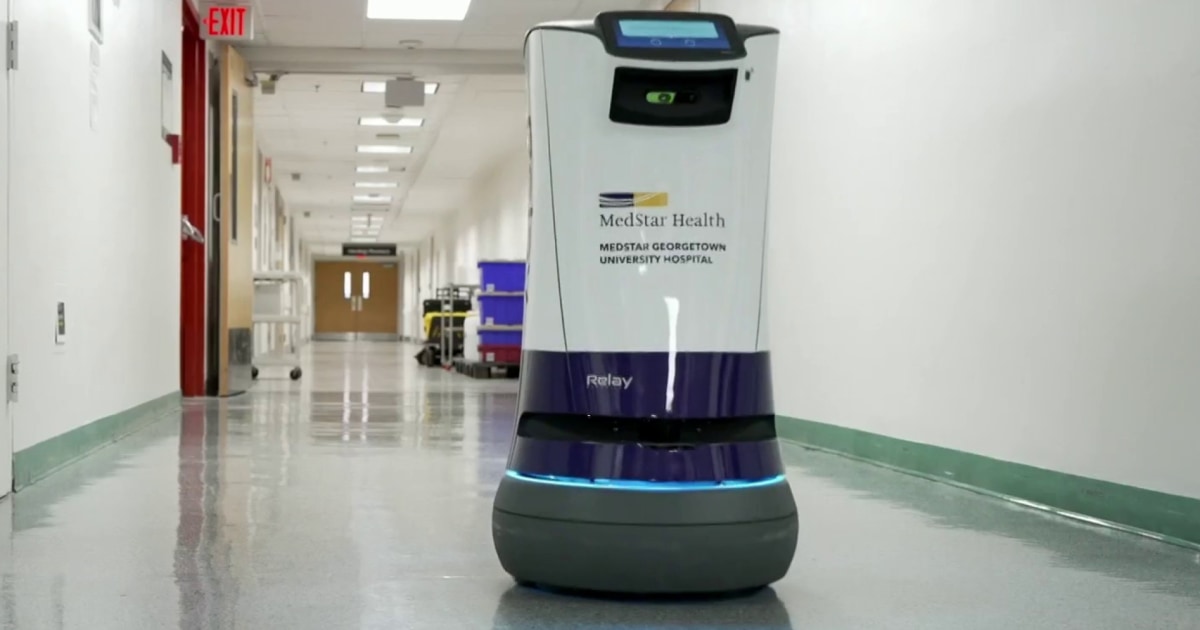Revolutionizing Cancer Care: How Robots are Transforming Chemotherapy Delivery
In recent years, the landscape of cancer treatment has undergone a remarkable transformation. As hospitals increasingly adopt robotic technology, the process of mixing and delivering chemotherapy drugs is becoming more efficient and precise. This innovative approach not only enhances patient safety but also represents a significant leap forward in cancer treatment methodologies. In this article, we will explore the various ways robots are revolutionizing cancer care, focusing on chemotherapy delivery, the benefits of automation, and the future of cancer treatment.
The Role of Robotics in Chemotherapy Delivery
Traditionally, chemotherapy preparation and administration have been manual processes, fraught with potential errors and risks. Nurses and pharmacists often spend hours preparing chemotherapy drugs, which involves precise measurements and sterile environments. Any mistake in this intricate process can lead to severe consequences for patients, including adverse reactions to incorrect dosages.
Enter robotics. Robotic systems, equipped with advanced technology, are now being integrated into hospitals to streamline the chemotherapy preparation process. These robots can accurately measure, mix, and deliver chemotherapy drugs, significantly reducing the chances of human error. Furthermore, they can operate in a sterile environment, minimizing the risk of contamination.
Enhancing Precision and Safety
One of the primary advantages of using robots in chemotherapy delivery is the enhanced precision they provide. These systems utilize sophisticated algorithms and imaging technology to ensure that each dose is prepared to exact specifications. This level of accuracy is crucial, as chemotherapy drugs often have a narrow therapeutic window, meaning the difference between an effective dose and a harmful one can be minimal.
Moreover, robotic systems can keep track of inventory and manage drug storage more efficiently. This not only ensures that the necessary drugs are always available but also helps in monitoring expiration dates and maintaining optimal storage conditions, further enhancing patient safety.
Improving Workflow Efficiency
In addition to safety and precision, robotic technology significantly improves workflow efficiency in oncology departments. With automated systems handling the preparation and delivery of chemotherapy, healthcare professionals can focus more on direct patient care rather than spending countless hours on drug preparation.
For instance, a study conducted at a leading cancer treatment center found that the implementation of robotic systems reduced the time required for drug preparation by nearly 50%. This freed up valuable time for nurses and pharmacists, allowing them to spend more time with patients, addressing their concerns, and providing essential support throughout their treatment journey.
The Impact on Patient Experience
Beyond the technical and operational benefits, the integration of robots into chemotherapy delivery has a profound impact on patient experience. Patients often face anxiety and uncertainty during their treatment, and knowing that their chemotherapy is being prepared and administered with the highest level of precision can provide peace of mind.
Additionally, with healthcare professionals having more time to engage with patients, the overall quality of care improves. Patients feel more supported and informed, which can enhance their overall treatment experience and potentially lead to better outcomes.
Cost-Effectiveness of Robotic Systems
While the initial investment in robotic technology can be substantial, the long-term cost savings are considerable. By automating the chemotherapy preparation process, hospitals can reduce labor costs and minimize the risk of costly errors. Furthermore, the reduction in preparation time allows for more efficient use of resources, enabling hospitals to treat a greater number of patients.
- Reduced labor costs through automation
- Minimized risk of costly errors
- Increased patient throughput
In some cases, hospitals have reported a return on investment within just a few years of implementing robotic systems, making it a financially viable option for many institutions.
Challenges and Considerations
Despite the numerous advantages of robotic systems in chemotherapy delivery, there are challenges that hospitals must consider. The high initial costs and the need for ongoing maintenance and training can be barriers for some institutions. Additionally, the integration of new technology requires adaptation from healthcare staff, who must be trained to work alongside robotic systems.
Moreover, there is a need for ongoing research to continually assess the effectiveness and safety of these systems. As technology evolves, it is essential that hospitals stay informed about the latest advancements and best practices in robotic chemotherapy delivery.
The Future of Cancer Care
The future of cancer care looks promising with the ongoing advancements in robotic technology. As more hospitals adopt these systems, we can expect further improvements in the efficiency and safety of chemotherapy delivery. Innovations such as artificial intelligence and machine learning may soon play a role in personalizing treatment plans, predicting patient responses, and optimizing drug dosages.
Furthermore, the integration of telemedicine and robotics could allow for remote monitoring and administration of chemotherapy, particularly for patients in rural or underserved areas. This would not only improve access to care but could also enhance patient adherence to treatment regimens.
Conclusion
Robots are undeniably transforming chemotherapy delivery, leading to safer, more precise, and more efficient cancer care. As hospitals continue to embrace robotic technology, patients can look forward to a future where their treatment experience is enhanced by innovation and improved safety protocols. The revolution in cancer care is here, and it is paving the way for a brighter future in the fight against cancer.
In conclusion, while challenges remain, the integration of robotics in chemotherapy delivery represents a significant step forward in oncology, promising to redefine how cancer care is delivered and experienced. As we move forward, the focus will be on continual improvement, ensuring that every patient receives the best possible care in their battle against cancer.
See more WebMD Network



